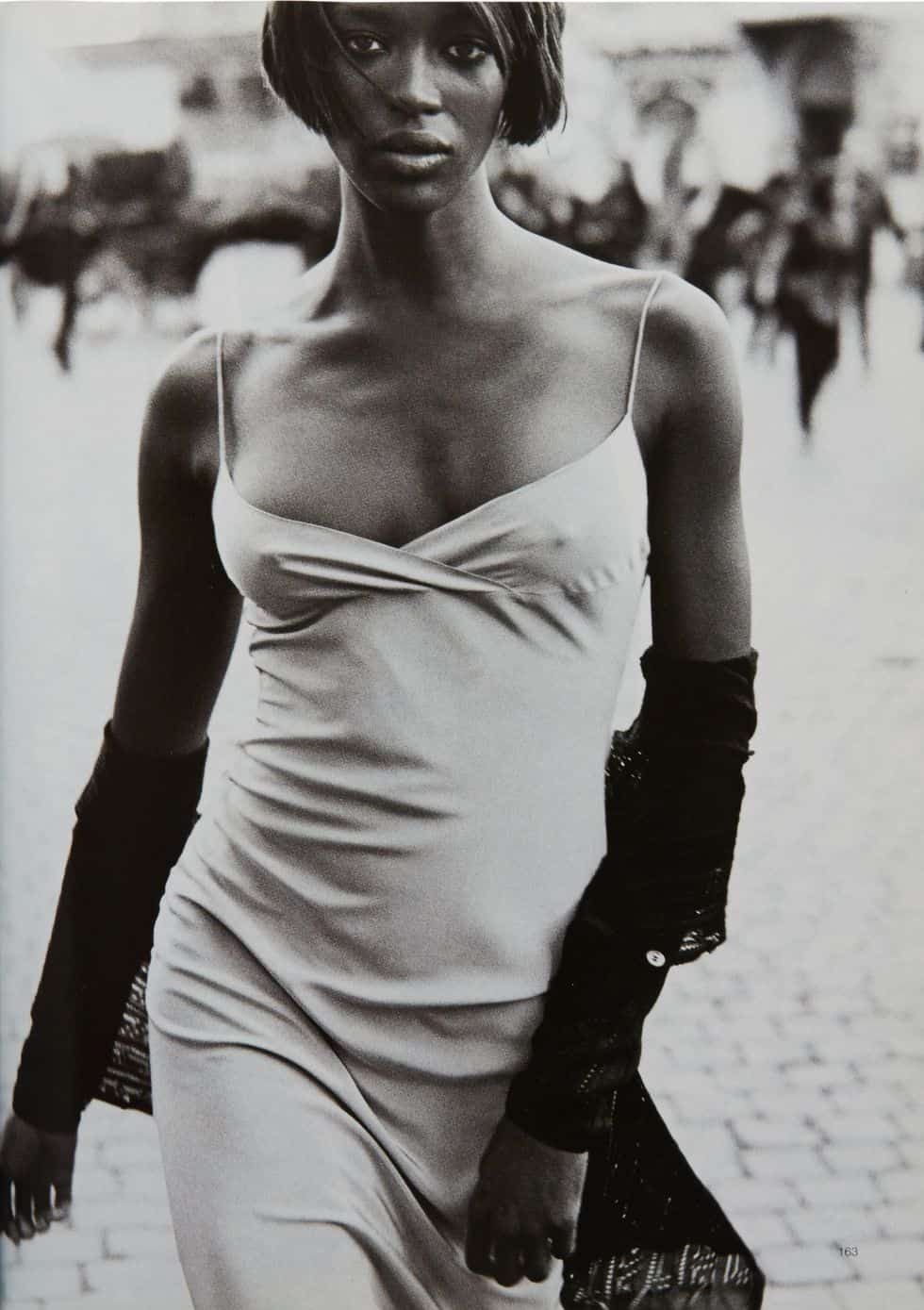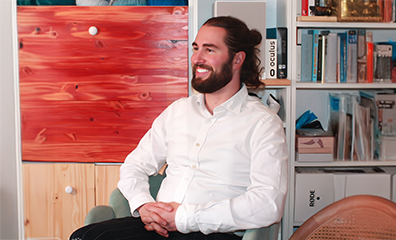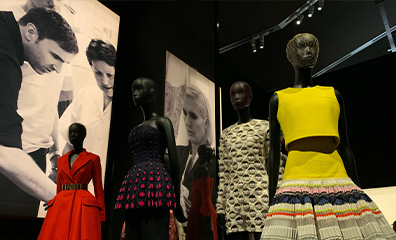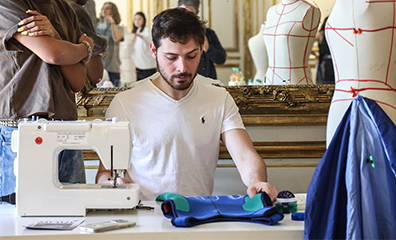The Place of Photography in Fashion: The Evolution of an Art
Posted on 22/08/2022
Like every year, August 19th gathers lovers of beautiful images with World Photography Day. The consecration of this photographic style took time, but today it is an omnipresent art in our society.
Its marginal beginnings are now almost forgotten as fashion photography has developed. A retrospective on the history of fashion photography since its creation.
The Beginnings of Fashion Photography
Fashion photography is a style that appeared in the early days of photography in the 19th century. At first, it was a way for the photographer to capture images of clothing or beauty accessories. The fashion photographs of the time capture the clothing trends adopted by society over the decades. In fact, as is still often the case today, especially at fashion events, photographs generally show the cutting edge of fashion at the time. These photographs highlight the new trends to adopt, often chosen by the houses of high fashion. Originally these images captured an artistic will, over time, fashion photography acquired a commercial vocation. Indeed, it aims to highlight a product to encourage its sale. By choosing original settings and by making models or stars pose, these photos must make the public want to acquire a fashion item. These photographs meet a commercial objective. However, this does not prevent photographers from giving free rein to their art by telling stories in the images they capture. Artistic fashion photography remained rather marginal. Then, at the end of the 19th century, the first fashion magazines such as Vogue or Harper’s Bazaar appeared.
From Vogue to today…
These magazines developed widely at the beginning of the
20th century. Their specialization in the field of fashion allows photography to make its appearance. Vogue was bought in 1909, and the English (1916) and French (1921) versions of this magazine were launched. Vanity Fair was created in 1913. From the 1930s, the French magazine Jardin des Modes was a reference in the field of fashion until its disappearance in 1997.
In the 1920s and 1930s, fashion photography was largely influenced by artistic trends such as surrealism.
In the 1920s, 15% of magazine advertising images were photographs, compared to 80% in 1933. This is the full rise of this photographic genre, which coincides with the appearance of portable cameras.
After the Second World War, French haute couture made a comeback. The greatest actors of this revival are couturiers such as Christian Dior. Post-war fashion was voluptuous, elegant and colorful.
With the arrival of the 50s, fashion photography took a new turn. Photographers are freer and want to represent a woman of modern times.

Peter Lindbergh, Naomi Campbell, Harper's Bazaar 1997
In the 1960s, fashion changes, and photography follows the movement. High fashion is in decline in favor of ready-to-wear, more affordable for households. Fashion photography then became more accessible and left haute couture behind.
The 1980s correspond to the explosion of advertising and the rise of brands as we know them today. The world of fashion is transformed. Fashion photos must now represent society and reflect societal upheavals in order to attract customers.
Fashion photography is on the borderline between commerce and art. Photographers have to be very subtle to master this boundary and please both consumers and brands.
If you’re interested in fashion photography, have a look at our Creative Director Short Course, available on campus or online. You will learn how to successfully organize and manage a fashion photography shooting.


